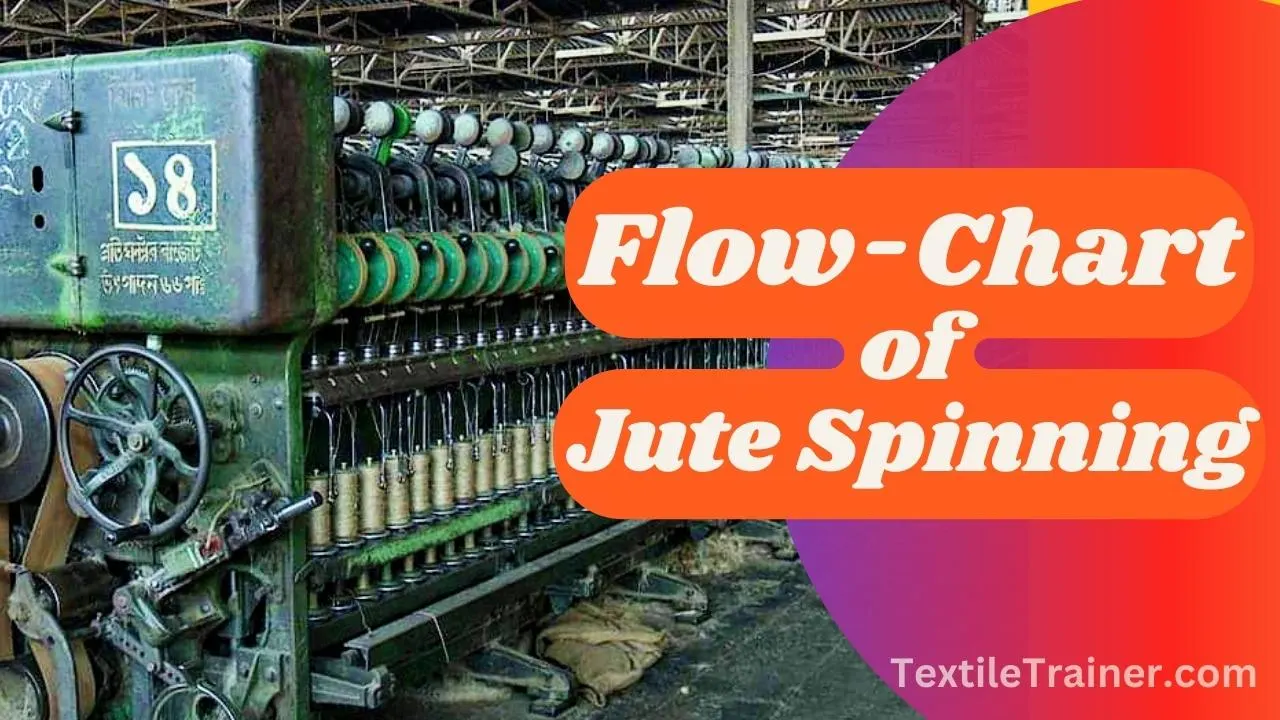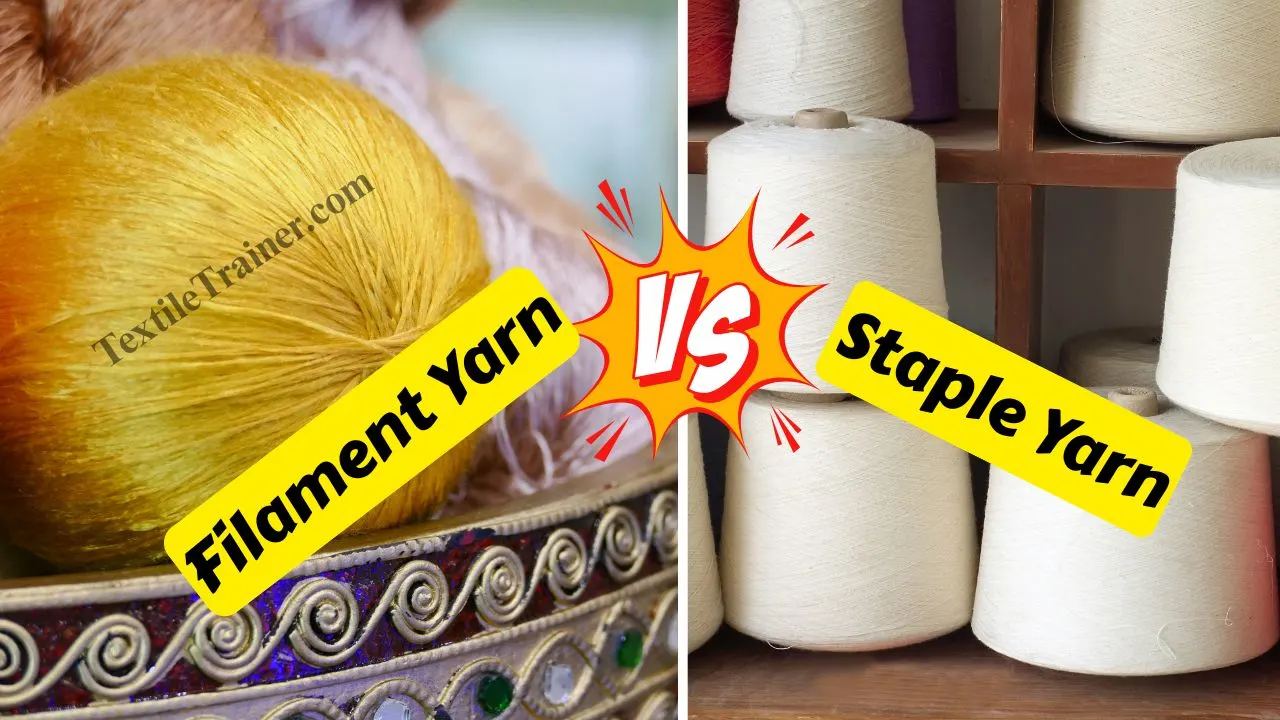Best 6 Objectives and Basic Function of Carding Machine
What is carding?
Basically, carding refers to the process by which a mass of fibers is reduced to a filmy web through the operation of working between two surfaces that are relatively moving and closely spaced with sharp wire points. Basic function of carding machine is opening, cleaning, un-neping and sliver formation. Carding is the heart of the spinning mill, and well carded means half spun – a strong indication of its importance for the final outcome of spinning. A carding process is a preliminary step in the spinning of yarn after the blow room process has been completed.
Objectives of Carding:
- In order to make the fiber straight and parallel.
- To clean out small trash particles that have not been removed during opening and cleaning.
- For the removal of neps and motes.
- To give some degree of blending.
- Removing the remaining impurities.
- Produce a rope with uniform weight per unit length made from untwisted fibers called sliver that can be further processed.
Types of carding machine:
A carding machine can be classified into the following types according to its operating principle and construction:
- Stationary flat carding machine: In a stationary flat carding machine, the flat does not rotate, and the flat covers one fourth of the cylinder.
- Revolving flat carding machine: Revolving flat carding machines essentially revolve the flat or rotate the cylinder along with it as it rotates.
- Duo or tandem cards: As the name implies, tandem cards consists of two individual cards joined together to make up a unit, in which the doffer of the first card feeds fiber material to the taker in of the second card.
Basic Function of Carding Machine:
In the card frame, the following basic functions are performed:
- Opening.
- Cleaning.
- Unneping.
- Sliver formation
1. Opening:
Card frames are primarily designed to open the tufts to single fibers. This function is gradually achieved by moving from the feed roller taker action zone to the flat cylinder zone. In the yarn manufacturing process, yarn quality and quantity performance will be severely deteriorated if fibers are not opened to single fibers and the maximum cleaning operation is not performed.
2. Cleaning:
It is important to remember that cleanliness is one of the most critical factors that not only determines how yarn and fabric will look, but also how spinning machines will perform. According to studies, about 30% of yarn breaks occur when trash particles are present during spinning processes. Cleaning efficiency of card frames is crucial only when natural fibers are carded on short staple systems. With cotton fibers, ensuring a low level of trash particles in the sliver is crucial, as the impurity content of cotton slivers increases linearly with carding production.
3. Un-neping:
Neps generally are more sensible for finer count and for high quality yarns than coarser yarn because of the finer diameter ratio’s quality contribution for high-quality fabrics. Neps are zero in the flock at the stage of cotton plant. It is usually formed during the mechanical opening and cleaning processes in the blow room, including ginning in the case of cotton fibers. Along with remain of dirt, husk and trash particles in the opened mass, Neps should be removed by the card.
4. Sliver Formation:
After the carding action between the cylinder and the flat, the individual fibers are collectively attached to the cylinder clothing and form a very light, thin and discontinuous web on the cylinder surface, called a cylinder web. This web moves with the cylinder rotation and first comes into contact with the front fixed flats and then with the doffer clothing.
There is buildup of fibers on the doffer, forming a heavier, thicker and continuous web of fibers on the doffer surface, called a doffer web. This doffer web is moved to the front of the card by the rotation of the doffer, and a wire-covered stripping roller then removes it and forms a thicker web called a card web. This card web is passed through a pair of pressure rollers/crushing rollers and then condensing device to produce a sliver and wound into the sliver can.

These the basic function of carding machine. There are is proverbs” Well card is half spun”. So, spinning performance is depend on carding machine.



